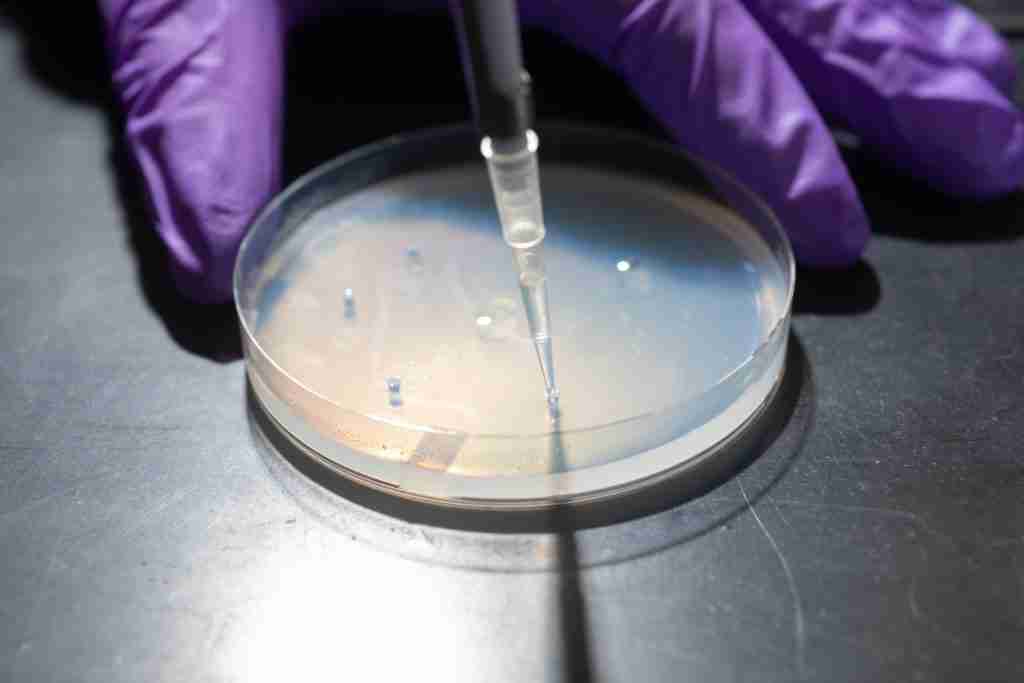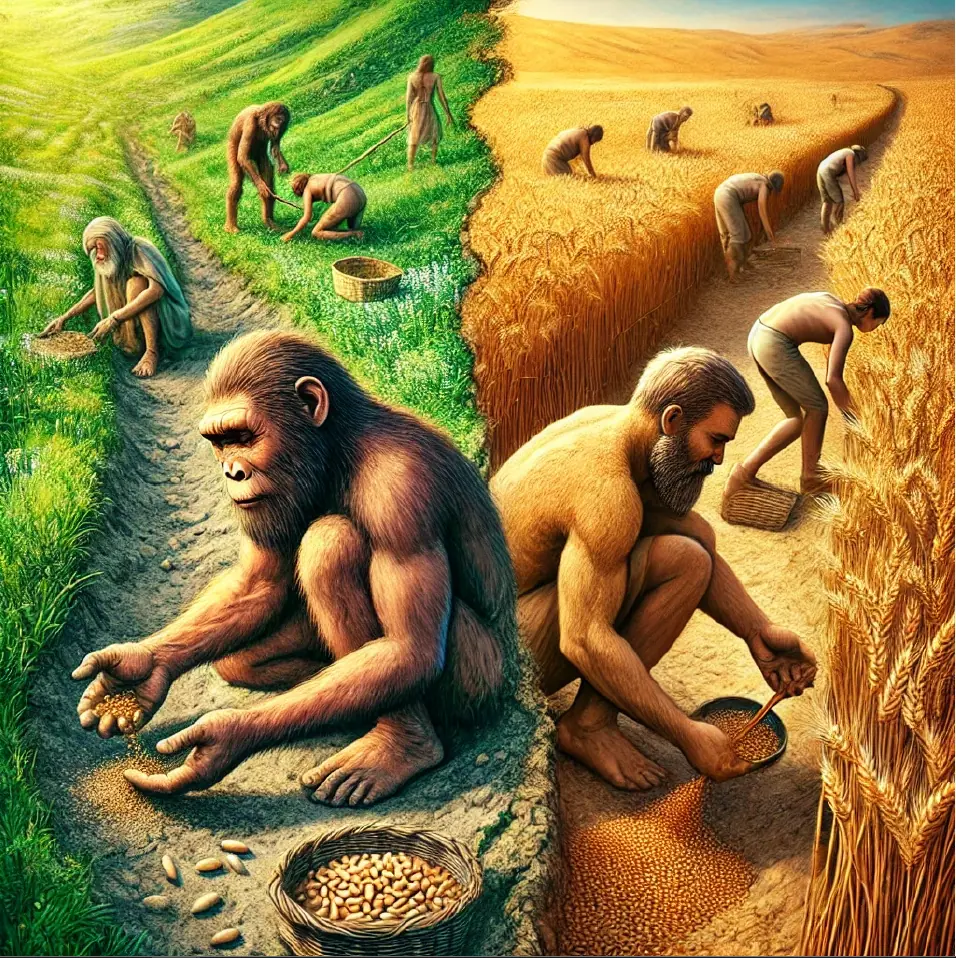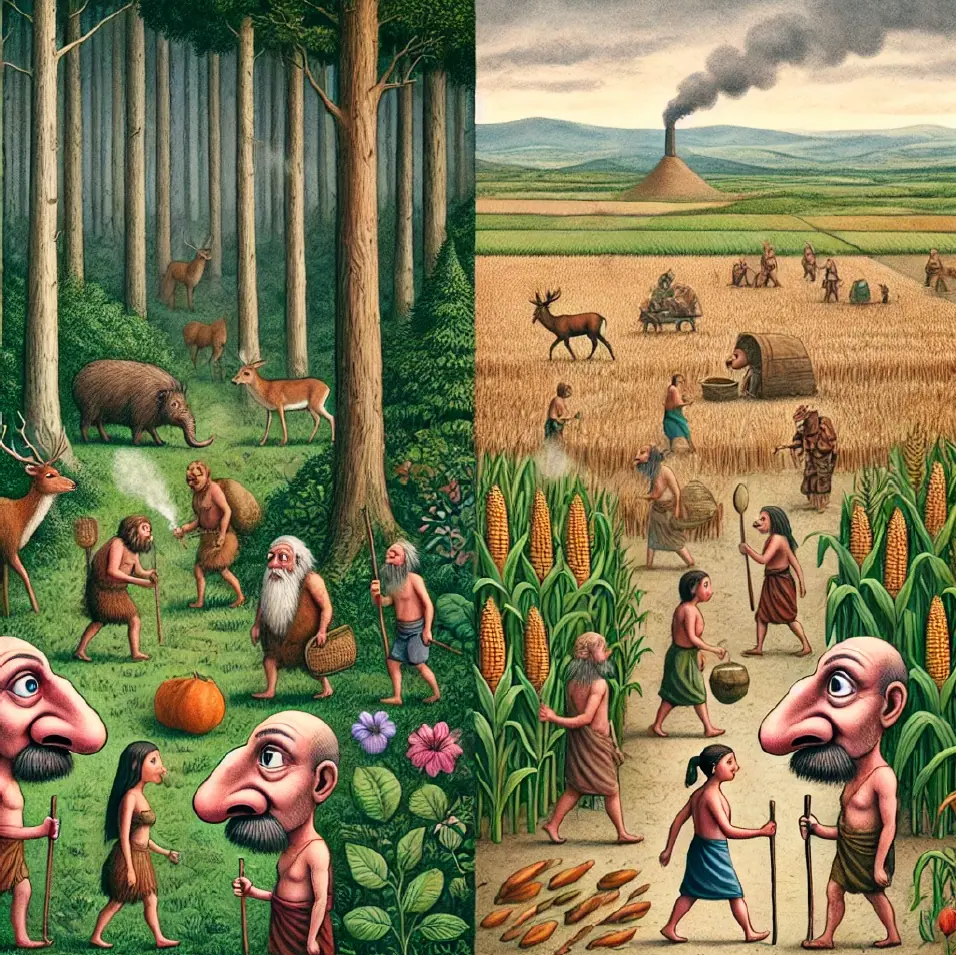Research Interests
I am generally curious on how structural variants commonly found in human genomes contribute to evolution and disease susceptibility. I am interested whether there are certain evolutionary tradeoffs that exist, where some structural mutations may provide a benefit in one tissue, and detrimental health consequences in another – this process could result in a maintenance of variation observed between human individuals.
1. Mucins.
Mucins are sugar-coated proteins that play integral roles in mucus production, cellular signaling, and microbial interactions. These proteins exhibit multifaceted functionalities and a wide range of tissue expression profiles. Notably, their functional domains contain repetitive units known as Variable Number Tandem Repeats (VNTRs). Disruptions in these functions are closely linked to various diseases, prominently contributing to cancer severity. Mucins implications in health fuels my ongoing research into understanding their evolution and variation within their VNTRs across humans.
Related posts
2. Saliva.
Saliva is the first stop for food, microorganisms, and other xenobiotic molecules entering our bodies. It regulates microbial composition, helps with predigestion, taste perception, and overall hemostasis of the oral cavity. This direct environmental interaction makes saliva an ideal candidate for evolutionary pressures. Read more on my research on saliva.
Related posts
3. Tradeoffs.
Evolutionary tradeoffs are the inherent compromises organisms face during the process of natural selection. As species adapt to specific environmental challenges, certain traits or genetic variants may become advantageous in one individual but harmful for another. Evolutionary trade offs play a crucial role in understanding genomic variation and disease susceptibility. Read more on my research on tradeoffs.






